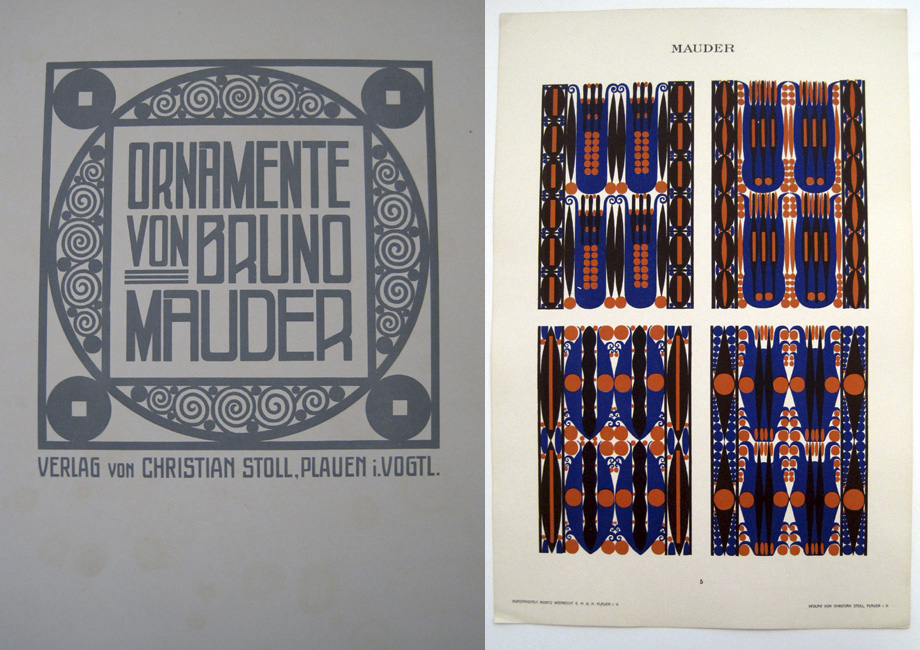Join us Thursday, June 15th at 2pm ET in the S. Dillon Ripley Center Lecture Hall for a discussion on preparing the workforce for digital curation with Margaret Hedstrom. Dr. Hedstrom, the Robert M. Warner Collegiate Professor of Information Professor of Information at the University of Michigan School of Information, will speak on her work in the field and as recent chair of the Committee on Future Career Opportunities and Educational Requirements for Digital Curation for the National Research Council.




